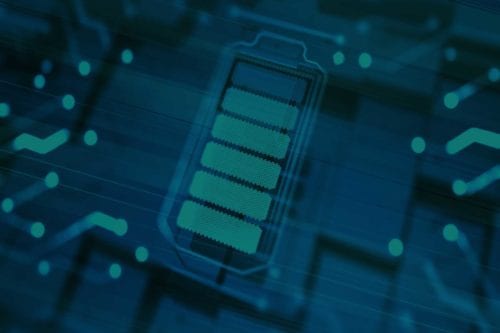Teams from the United States, Japan, China and Canada find solutions to decades-old challenges
Scientists around the world have been striving to develop safer, higher capacity and faster-to-charge rechargeable batteries that can keep their volatile metal structure intact. There are several challenges before these batteries can be widely used in practical applications.
The Japanese team from Tohoku University has found a solution by adding multivalent cations, such as calcium ions, which could solve the age-old problem of energy degradation. They were able to effectively stabilize lithium or sodium deposits by this process.
In the aftermath, a team of researchers led by chemists at the U.S. Department of Energy’s (DOE) Brookhaven National Laboratory learned that an electrolyte additive enables stable high-voltage cycling of nickel-rich layered cathodes, which may change the energy density limits of lithium batteries widely used in electric vehicles.
Another team from China and Canada found a solution in lithium-sulfur (Li-S) batteries, to provide high energy density, while being inexpensive and environmentally friendly.
Read: Side effects of war: the future of batteries takes center stage (May 12, 2022)
The team proposed an atom-terminated concept to design the facet via a single-crystal architecture for Li-S batteries where the chemical reaction dramatically increases the performance of the electrocatalyst.
The discoveries of the Japanese team
Usually, in a rechargeable battery, ions flow from cathode to anode when charging, and in the opposite direction when generating power.
The repeated cycle in the metal distorts the lithium and sodium structures, and the repeated process results in the formation of needle-like microstructures called dendrites, which are loosely bound and break away from the electrodes, causing a short circuit.
The research team led by Hongyi Li and Tetsu Ichitsubo from the Materials Research Institute of Tohoku University added calcium ions to modify and strengthen the solvation structure of lithium or sodium ions in the electrolyte.
“Our modified structure moderates the reduction of lithium or sodium ions at the electrode surface and enables stable diffusion and electric field,” Dr. Li said.
The stabilized ions, in turn, preserve the structure of the electrodeposited metals. The team hopes to further improve the interface design of the metal anodes to improve battery life.
The discoveries of the American team
The Brookhaven National Laboratory team learned that an electrolytic additive enables stable high-voltage cycling of nickel-rich layered cathodes in lithium batteries widely used in electric vehicles.
The results, published May 9 in Nature Energy, offer a remedy to the notorious degradation problems of these materials, especially at high voltage.
This research was conducted as part of the DOE-sponsored Battery500 Consortium, which is led by DOE’s Pacific Northwest National Laboratory (PNNL) to dramatically increase the energy density of lithium batteries for electric vehicles.
Sha Tan, a PhD student at Stony Brook University conducting research with Brookhaven Laboratory’s Electrochemical Energy Storage Group, tried using the additive for high-voltage cycling at room temperature and was able to boost the voltage up to at 4.8 volts.
“This additive really provides excellent protection on the cathode and the battery achieved excellent cycling performance,” Tan said.
Researchers have found that introducing a small amount of additive into the electrolyte stifles energy loss and also allows a nickel-rich layered cathode to be cycled at high voltages to increase the density of the electrolyte. energy while retaining 97% of its original capacity after 200 cycles.
“In practice, this could be a low-cost, easy-to-adopt solution,” Tan says.
Looking ahead, the researchers want to test the additive under tougher conditions to determine if the cathode materials can sustain even more cycles for practical battery use.
The solution of the Canadian and Chinese teams
The team of researchers in China and Canada, in their atom-terminated concept to design the facet via single-crystal architecture for Li-S batteries, alters the surface matrix of one or two layered atoms.
Using the atomic high Co3+-Se terminated (ACT) concept, they created a high performance matrix. They enveloped a single crystal CoSe2 (scCS) with reduced graphene oxide using a simple hydrothermal process.
This single crystal architecture in scCS suppressed the shuttle effect and also reduced the polarization. This effectively stimulated lithium-ion migration and lowered the polysulfide barrier.
Read: Rechargeable batteries: charting a new era (February 18, 2022)
Using this method, they achieved a high concentration of effective surfactant sites of over 69%. They think the new method could prove useful in areas other than Li-S batteries.
“This surface-array strategy with a terminated-element mode is a promising approach for designing energy systems based on the electrocatalyst effect, not just for Li-S batteries,” said Xing Ou, School of Metallurgy and Engineering. environment, Central South University in China.
While the technologies of today and tomorrow require efficient high-energy storage devices, however, the need for an efficient solution remains greener than ever.

